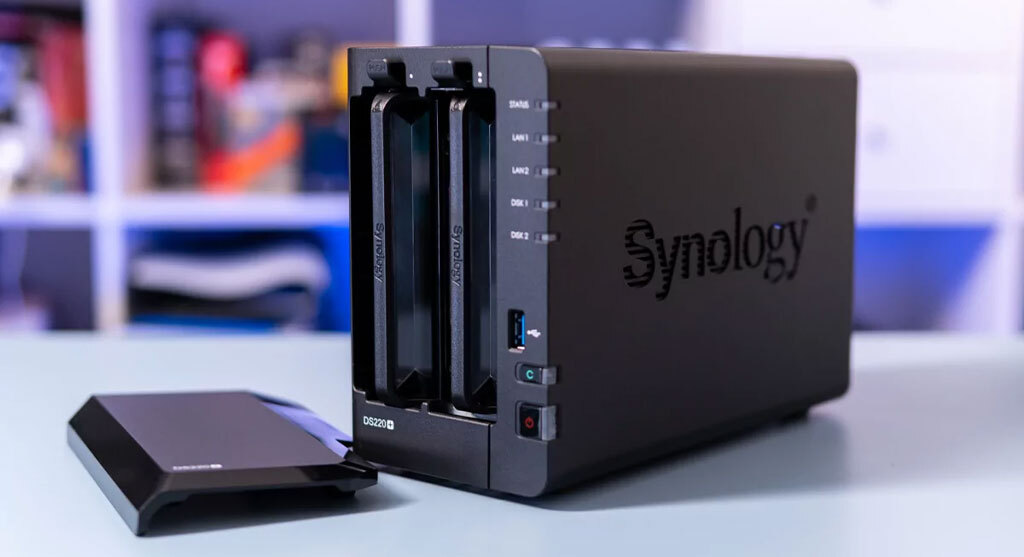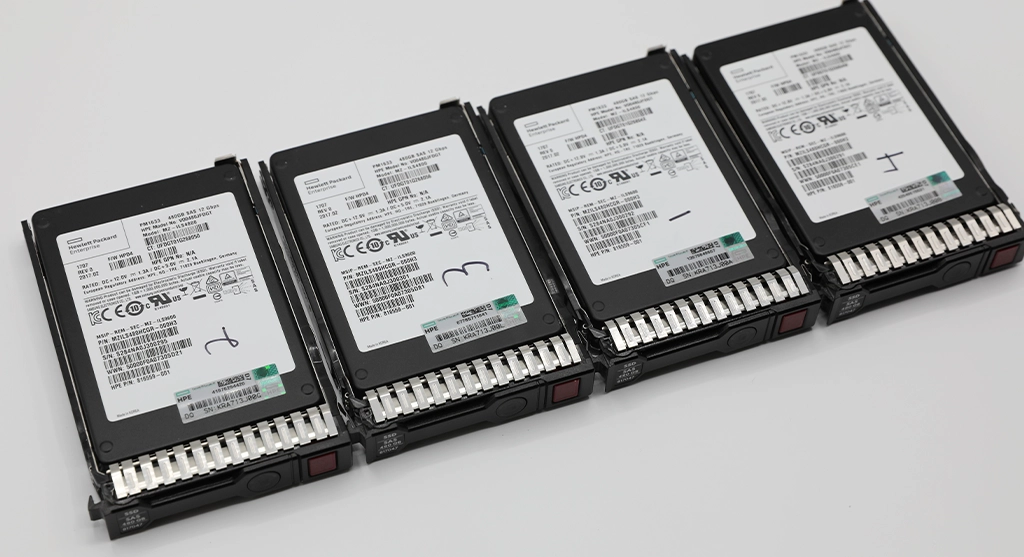RAID 0 File Recovery
Home users and certain small businesses mainly use RAID 0. Since it has no redundancy, it is often used for noncritical work applications, such as gaming and video editing. However, even though data loss is expected to happen to one of the drives in a RAID 0 setup at some point, there are still ways to recover lost files.
One of the first steps in RAID 0 file recovery is to stop using the array immediately and act quickly. Continuing to use the array or trying to rebuild it can lead to further data loss. It is important to contact a professional data recovery service as soon as possible.
RAID 0 Failure
RAID 0 fails for various reasons, including physical damage to the hard drives, logical failures in the array configuration, and human errors. Other factors, such as power outages and natural disasters, can also contribute to RAID 0 failure. For RAID 0 failure, a reliable backup system is crucial. However, if there is no backup available or if the backup system has failed as well, professional data recovery services can be your best option for retrieving lost data from a failed RAID 0 array.

Hardware Failures in RAID 0
- Drive Failure in RAID 0
- Controller Failure in RAID 0
- Power Surges
- Overheating in RAID 0
- Wear and Tear
- Physical Damage to RAID 0 Drives
- Firmware Issues in RAID 0
- Faulty Cables and Connections
- Manufacturing Defects
- Environmental Factors Affecting RAID 0
- Electrical Interference
- Insufficient Power Supply
- Vibration Damage
- RAID 0 Controller Battery Failure
- Inadequate Ventilation
- Incompatible Hardware Components in RAID 0
- Electrostatic Discharge (ESD)
- RAID 0 Drive Firmware Incompatibility
- Corrupted RAID 0 Metadata
- Incorrect BIOS Settings
Human Errors in RAID 0
- Incorrect RAID 0 Configuration
- Improper Installation of RAID 0 Components
- Accidental Deletion of RAID 0 Data
- Mismanagement of RAID 0 Array Rebuilds
- Neglecting Regular Maintenance
- Incorrect BIOS Settings for RAID 0
- Mishandling RAID 0 Hardware
- Failing to Monitor RAID 0 Health
- Ignoring RAID 0 Error Alerts
- Inadequate Data Backup Practices
- Poor Cable Management
- Incorrect Drive Replacement in RAID 0
- Inaccurate RAID 0 Documentation
- Overlooking Firmware Updates
- Inconsistent RAID 0 Performance Testing
- Improper Shutdown Procedures
- Failing to Secure RAID 0 System from Malware
- Misconfiguration of RAID 0 Software Tools
- Inadequate Training on RAID 0 Management
- Ignoring Environmental Conditions for RAID 0 Hardware
Software Issues in RAID 0
- RAID 0 Configuration Errors
- Corrupted Metadata
- Software Conflicts in RAID Management Tools
- Improper Array Rebuilds
- Firmware Issues in RAID 0
- Corrupted Data Blocks
- RAID Controller Driver Problems
- Malware or Virus Attacks
- Software Glitches in RAID 0
- Incorrect BIOS Settings
- File System Corruption
- Management Software Bugs
- Incompatible Software Updates
- Human Error in Software Management
- Synchronization Failures
How We Recover Data from RAID 0
Initial Assessment
We begin with a free consultation to discuss your data loss scenario. Our specialists will outline the evaluation process, ensuring you fully understand each step before proceeding.
Device Shipment & Evaluation
Once you decide to move forward, we provide a prepaid, insured shipping label for the secure transport of your device. Upon receipt, our engineers conduct a comprehensive diagnostic to identify the underlying issues. This thorough analysis allows us to tailor a recovery strategy specific to your situation.
Quote & Recovery Options
After the evaluation, we provide a precise quote. Pricing is based on the extent of the damage, recovery complexity, and required turnaround time. If you choose to proceed, we initiate the recovery process. If not, your media is promptly returned without further obligation.
Secure Delivery & Guarantee
Upon successful data recovery, your files are transferred to a new encrypted drive. The drive is then securely shipped back to you, preserving data integrity and ensuring you retain full control and peace of mind throughout the process.
RAID 0 Disk Recovery

Server-based RAID 0 Recovery
We have successfully recovered data from various server-based RAID 0 configurations, including Dell, HP, IBM, and more.
Desktop-based RAID 0 Recovery
We have successfully recovered data from various server-based RAID 0 configurations, including Dell, HP, IBM, and more.
NAS/SAN RAID 0 Recovery
We also provide data recovery services for Network Attached Storage (NAS) and Storage Area Networks (SAN), which often use RAID 0 for better performance.
Laptop RAID 0 Recovery
Our team is skilled in recovering data from laptops with RAID 0 configurations, such as those using Solid-State Drives or Hybrid drives.
Related Data Recovery Services to RAID 0

Hard Drive Recovery
Recover data from all HDD models—physical damage, mechanical failure, or logical errors. Certified experts + ISO-certified cleanrooms. 24/7 support.

RAID Data Recovery
Repair RAID 0-50 arrays: failed controllers, corrupted parity, or degraded rebuilds. Fast, secure recovery for businesses. No data, no charge.

SSD Data Recovery
Chip-level SSD recovery for damaged controllers, encrypted drives, or firmware crashes. 99% success rate.

Server Data Recovery
24/7 enterprise server recovery. Fix RAID failures, OS crashes, or corrupted backups. Minimize downtime with military-grade security.

Apple Data Recovery
Rescue MacBook, iMac, or iOS data. Recover from water damage, failed SSDs, or APFS corruption. Apple-certified technicians.

Flash Drive Data Recovery
Restore data from broken, corrupted, or physically damaged USB drives. 99% success rate. No data, no fee.

Database Data Recovery
Repair SQL, Oracle, MySQL databases. Recover lost tables, corrupted transactions, or accidental deletions. 100% integrity guaranteed.

External Drive Recovery
Recover data from external HDDs/SSDs—water damage, firmware issues, or accidental formatting. Certified tools + 24/7 emergency service.

Laptop Data Recovery
Retrieve files from crashed laptops. HDD/SSD failures, malware attacks, or liquid spills. Fast turnaround. No data recovered? No charge.

NAS Data Recovery
Recover multi-drive NAS systems. Repair RAID failures, corrupted volumes, or NAS-specific firmware. 99% success rate.

SAN Data Recovery
Enterprise SAN recovery: restore complex storage networks, failed HBAs, or corrupted LUNs. 24/7 critical support.

SD Card Data Recovery
Retrieve photos/videos from damaged SD cards—water exposure, corrupted sectors, or accidental deletion.
















